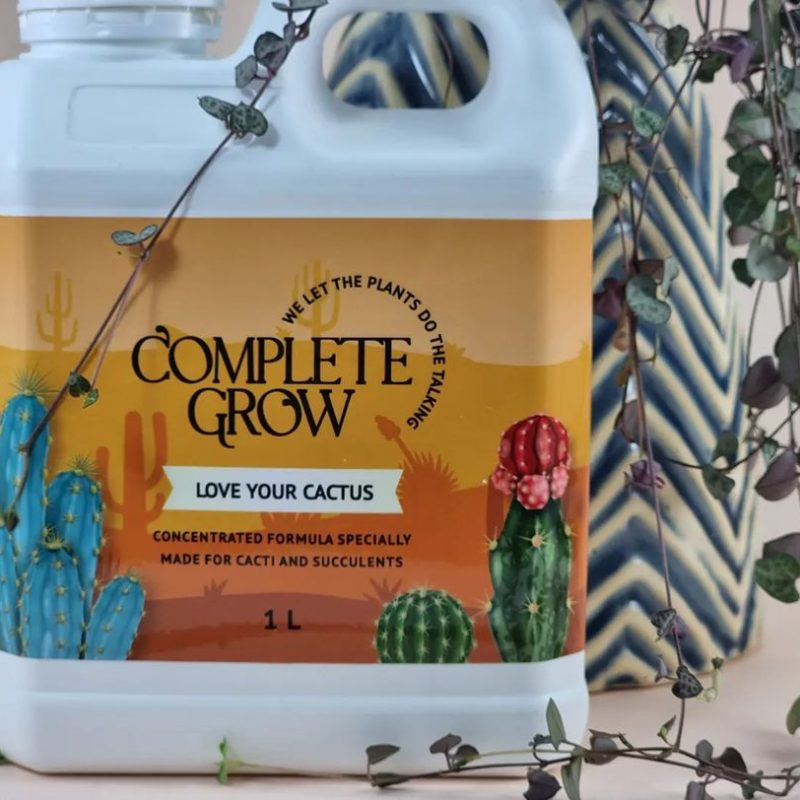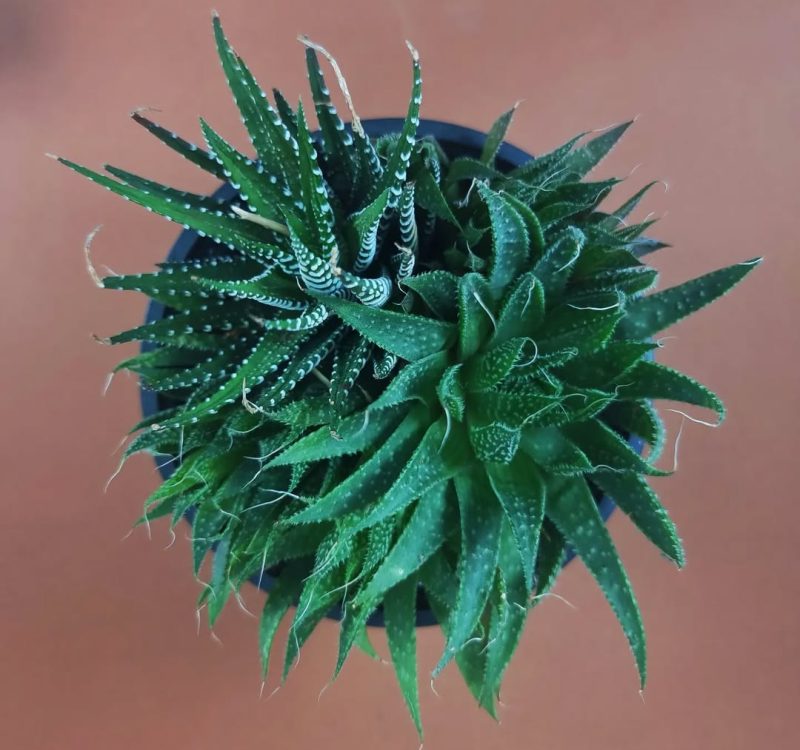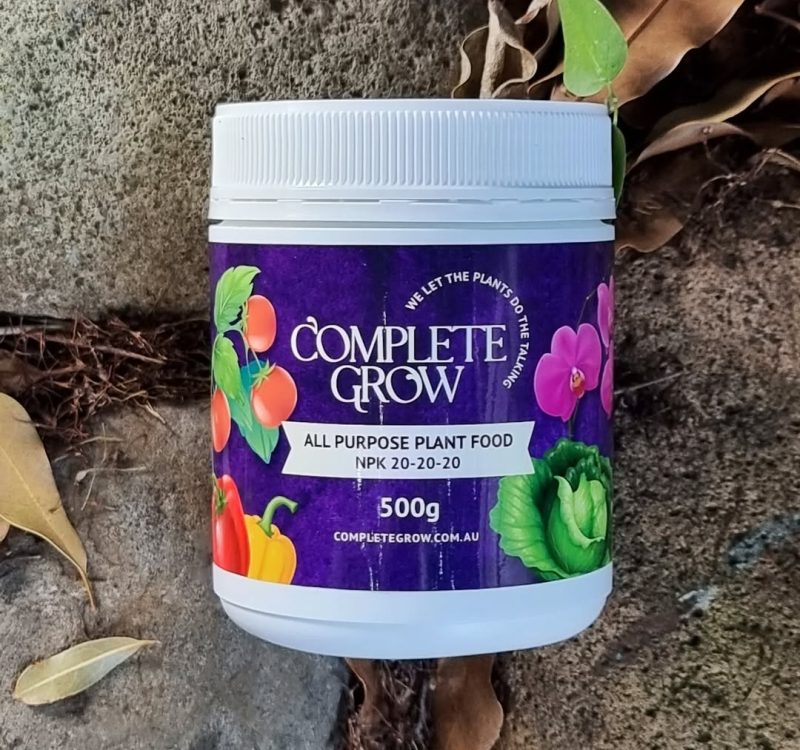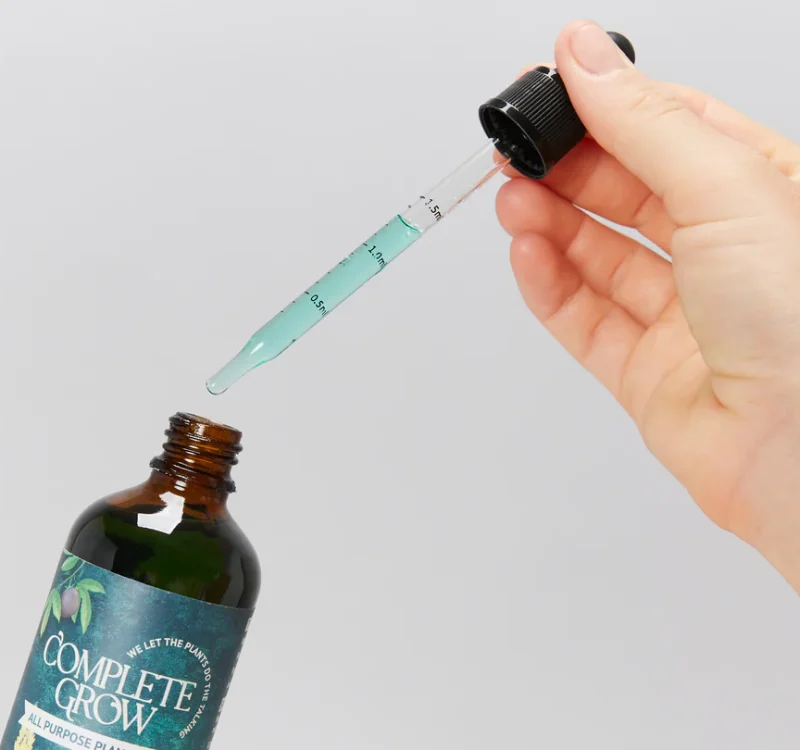String of Hearts
Transform Your Garden into a Personal Paradise!
String of Hearts (Rosary Vine) – How to Grow Ceropegia woodii in Australia
The String of Hearts plant (Ceropegia woodii), also called Rosary Vine or Chain of Hearts, is a trailing succulent vine popular for its heart-shaped leaves and purple stems. Native to southern Africa, it thrives in Australian homes, balconies, and warm climates. With proper care, this fast-growing plant can cascade over 1 metre and even produce tubular flowers.To grow a healthy String of Hearts, provide bright indirect sunlight and well-draining soil. Outdoors, filtered morning sun is ideal. Indoors, place near a north-facing window or under a grow light to avoid leaf drop and stretching. String of Hearts is not a low-light plant; insufficient light leads to long gaps between leaves and pale colour.
Water deeply but infrequently—allow the soil to dry out between waterings. Overwatering causes yellow leaves and tuber rot. A hanging pot with drainage holes and gritty succulent mix works best. For growth and flowering, apply a low-nitrogen, high-potassium fertiliser during spring and summer. We recommend CompleteGrow Cactus Succulent Plant Food (2-7-7) every 4 weeks to promote strong trailing stems, deeper colour, and seasonal flowering without leggy growth.
Is String of Hearts toxic to cats or dogs? This plant is considered non-toxic to both cats and dogs, making it one of the safest trailing succulents for pet households in Australia. However, ingestion of any plant may cause mild irritation in sensitive animals.
For fast results, proper care of your String of Hearts starts with sun, spacing, and feeding. This plant responds quickly to seasonal fertiliser and is highly rewarding for beginner and advanced growers alike.
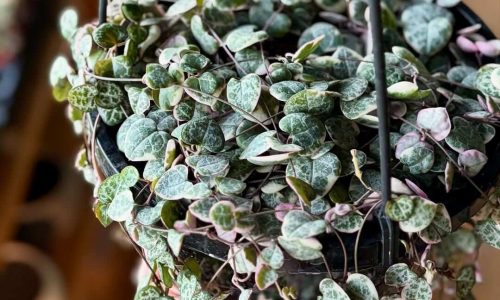
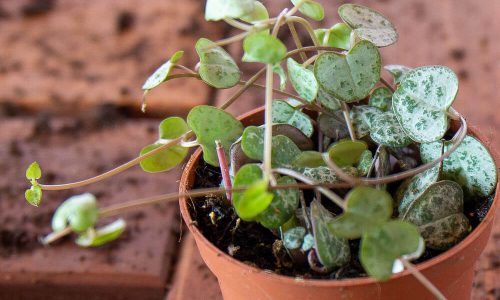
How to Propagate String of Hearts and Make It Fuller
Propagating String of Hearts (Ceropegia woodii) is one of the easiest ways to expand your collection or create a fuller pot. This fast-growing vine roots quickly from nodes, cuttings, or underground tubers. If you’re searching how to propagate String of Hearts, there are three reliable methods: stem cuttings, water propagation, and tuber division.
Stem cuttings can be snipped just below a node and placed either into water or directly into soil. For water propagation, suspend the cuttings so the nodes are submerged, not the leaves. Roots form in 2–3 weeks. For soil propagation, press the cuttings gently into a moist, gritty mix and keep in bright indirect light. In both cases, wait for roots before transplanting to a permanent pot.
You can also propagate from tubers—the round bulb-like swellings that form along mature vines. Gently detach a tuber with some vine attached and plant it slightly below the soil surface. Water sparingly until new growth emerges. This method is especially effective if you’re wondering how to make String of Hearts fuller, as tuber-based shoots tend to be robust and quick to fill gaps in the pot.
To maintain a dense, cascading look, routinely trim long strands and replant them back into the soil surface. This encourages new growth points at the crown and prevents the plant from becoming sparse or leggy over time. You can also wrap healthy strands across the top layer of the soil and pin them down with bobby pins or garden staples—nodes along the vine will root into the soil and form new stems.
Use a light, fast-draining succulent mix with added perlite or pumice. The ideal soil mimics its native conditions—dry, porous, and oxygen-rich. Avoid peat-based or moisture-retentive potting soils, which can cause rot and hinder propagation success. When repotting, choose a shallow, wide container with multiple stems to encourage fuller top growth.
Whether you’re expanding your collection or simply trying to fill out a sparse vine, strategic propagation, pruning, and soil control are the best ways to achieve a lush, flowing String of Hearts plant.
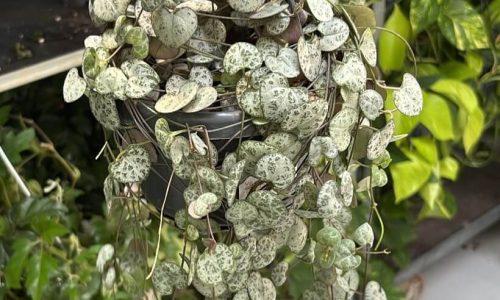
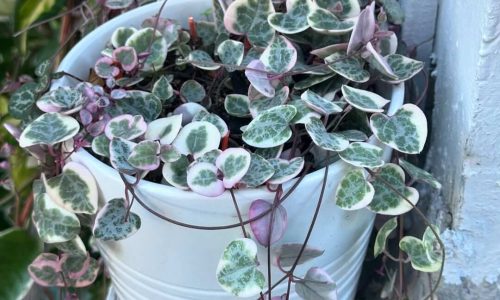
Do String of Hearts Flower? Common Issues and FAQs
Yes, mature String of Hearts plants do flower. They produce small, tubular purple or pink blooms with a swollen base and curved tip, resembling a lantern. These blooms typically appear in late summer to autumn and are more frequent when the plant is well-fed and receives plenty of bright light. While the flowers are small, they’re a sign of a thriving plant and are often followed by seed pods in ideal outdoor conditions.
Despite being low maintenance, the String of Hearts can experience several common issues. Yellowing leaves are often a sign of overwatering or compacted soil. Ensure your mix is airy and gritty, and always let the pot dry fully between waterings. Leggy or sparse vines indicate insufficient light—move the plant closer to a window or under a grow light for improved growth density.
If your plant stops growing or appears limp during winter, don’t worry. String of Hearts enters a semi-dormant phase in colder months. Simply reduce watering, pause fertiliser applications, and keep the plant in a bright, warm spot. Growth will resume in spring. Continue to remove dried leaves and dead strands to encourage healthy new shoots as temperatures rise.
Frequently Asked Questions
How do I propagate String of Hearts successfully?
Use stem cuttings, water propagation, or tuber division. Place cuttings in water or a gritty succulent mix and keep in bright, indirect light. Roots form in 2–3 weeks.
Do String of Hearts need a lot of light?
Yes, they require bright indirect sunlight to maintain colour and leaf shape. Without enough light, the plant becomes leggy with long spaces between leaves.
How often should I water my String of Hearts?
Only when the soil is completely dry. In summer, this may be every 7–10 days; in winter, reduce watering to every 3–4 weeks depending on humidity.
How do I make String of Hearts look fuller?
Trim and replant healthy cuttings back into the same pot. Wrapping strands across the soil and pinning them down helps form new root points and denser growth.
Is String of Hearts toxic to cats or dogs?
No, Ceropegia woodii is non-toxic to pets, making it a safe option for indoor households with cats and dogs. Still, avoid letting pets chew on the vines.
What is the best fertiliser for String of Hearts?
Use a liquid, low-nitrogen blend like CompleteGrow’s Cactus Succulent Plant Food (2-7-7) once a month in spring and summer. Avoid overfeeding in winter.
For more propagation tips, pet-safe plant options, or fertiliser guidance, browse our growing collection of CompleteGrow succulent care articles or get in touch for advice tailored to your home or garden setup.
Recommended Products
- Quick View
- Select options This product has multiple variants. The options may be chosen on the product page


